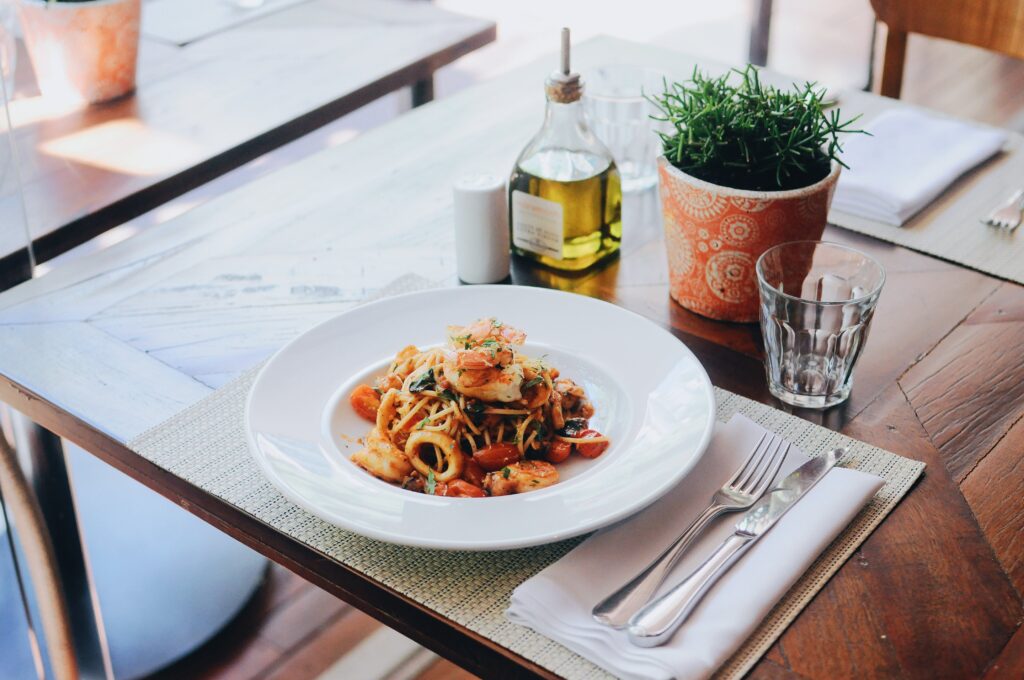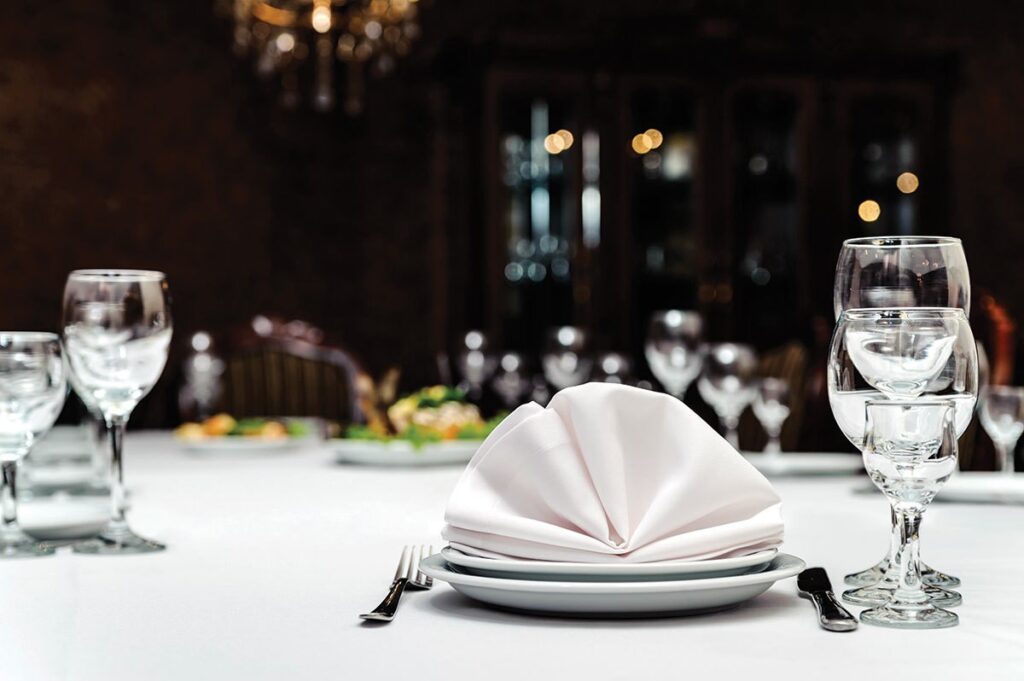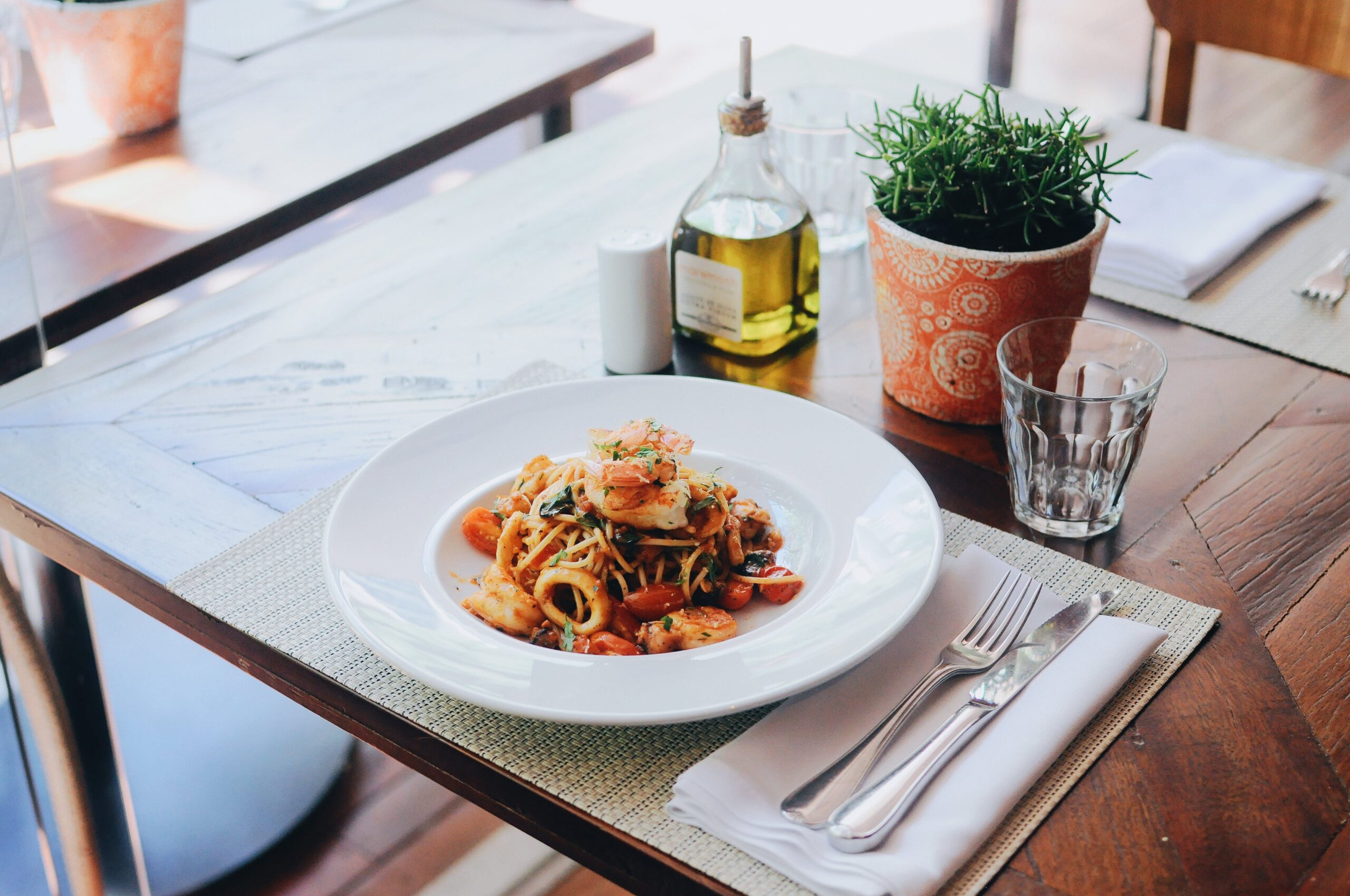
The practice of setting a table for dining has evolved significantly over the centuries, weaving through cultures, customs, and societal changes. Table settings, including the use of napkins, hold a fascinating history, bearing witness to the evolution of dining etiquette and cultural practices across the globe.
Ancient Origins of Table Settings:
The history of table settings can be traced back to ancient civilizations. In early societies, communal dining was often conducted without specific tableware. Ancient Greeks, for instance, used flatbread to scoop up food, while Romans reclined on couches and used their hands to eat.
However, as civilizations advanced, distinct table settings emerged. The Middle Ages introduced the use of wooden trenchers as plates, shared cutlery, and the first inklings of table manners. Napkins, at this time, were rudimentary pieces of cloth used to wipe hands and mouths.
Evolution of Table Settings and Napkin Use:
During the Renaissance, the concept of individual place settings began to take shape. Elaborate table settings featuring silverware, tablecloths, and more refined napkins became common among the European aristocracy. The fork, a symbol of luxury, was gradually integrated into dining practices.
The 18th and 19th centuries witnessed a formalization of table settings, marked by the publication of etiquette guides. Napkins became a pivotal part of the table setting, evolving from mere hand wipes to decorative elements carefully folded and placed at each setting.

Global Diverse Practices:
Diverse cultures around the world have distinct traditions associated with table settings. In Japan, for instance, the use of the oshibori, a hot or cold towel, precedes meals. Meanwhile, in India, eating with one’s hands is traditional, with no formal use of cutlery in many regions.
China’s rich dining heritage involves intricate rituals surrounding tea and dining, often symbolizing respect and hierarchy. In the Middle East, meals are communal and often served on a large, shared platter, emphasizing unity and togetherness.
Napkins as Cultural Artefacts:
Napkins, once solely functional, have evolved into cultural artefacts. Across cultures, they are used not just for practical purposes but also as symbols of elegance, status, and hospitality. In some cultures, the way a napkin is folded conveys specific messages or signifies various stages of a meal.
The history of table settings and napkin use reflects the evolution of human civilization, intertwining culture, etiquette, and societal norms. From ancient simplicity to modern elegance, the journey of table settings showcases the rich tapestry of human dining customs, preserving traditions and reflecting the values and customs of diverse cultures.
Understanding the historical underpinnings of table settings and napkin use allows us to appreciate the depth of customs and rituals, guiding the way we approach dining and etiquette today.
Utilizing this knowledge in modern hospitality can add a layer of depth to the dining experience, preserving traditions while adapting to contemporary needs, and ultimately enriching the cultural narrative surrounding the act of dining together.
Visit: www.kitchenspot.co.tz for table napkin options.
















